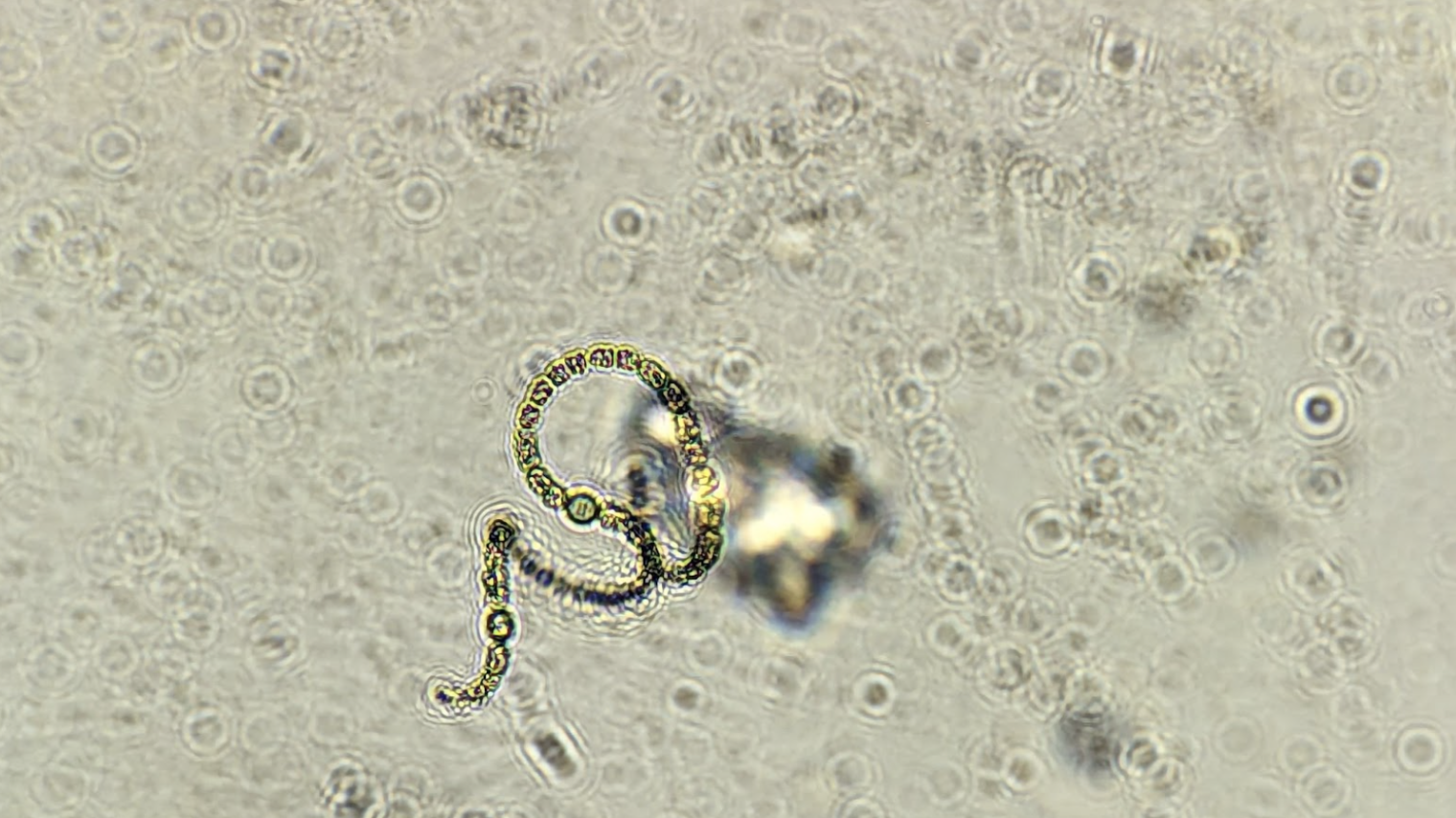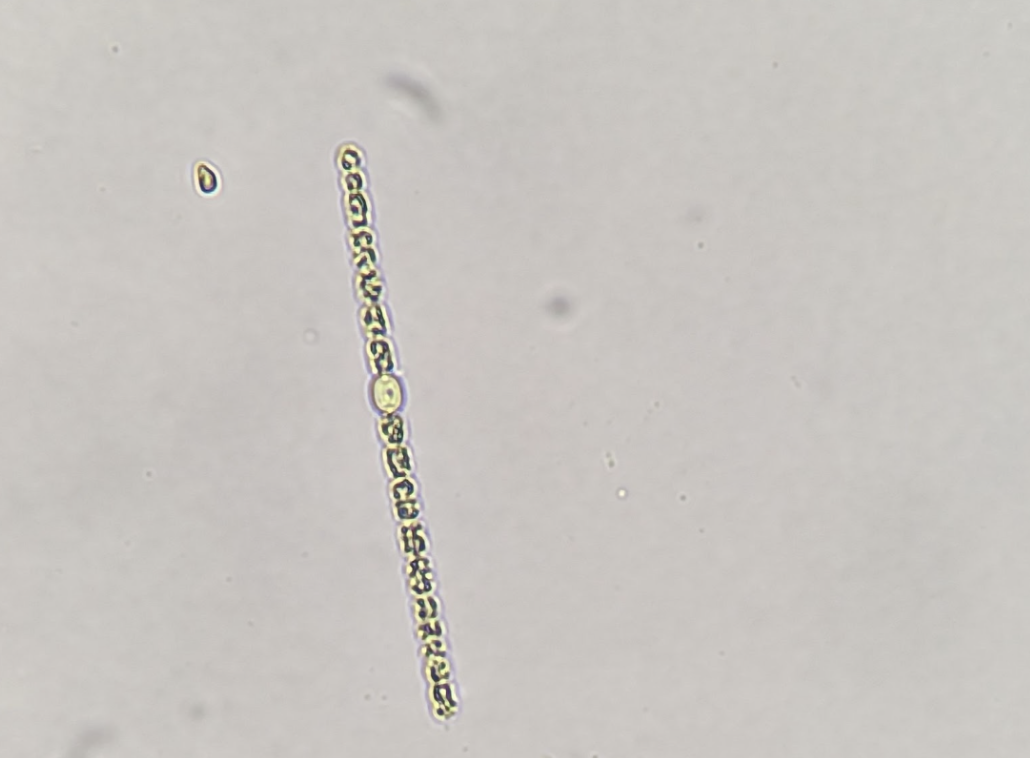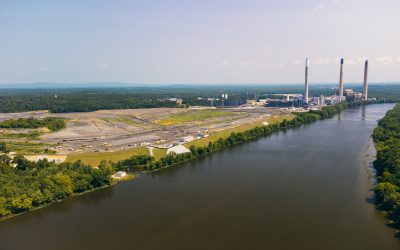Notes from our Field Manager on Algae
The first, and sometimes the hardest, step in any endeavor is simply starting. Though the meaning from this age old adage may be simple to derive, it was never as relatable to me as it is at this very moment. Starting the nutrient and algae monitoring program at Coosa Riverkeeper a little over a year ago proved to be an arduous first step as we are quite literally trying to find needles in a 5,000 square mile haystack. Though strenuous we were up for the challenge, as always, and so far our efforts have paid off immensely. With equipment improvements, new relationships, more knowledge about these pesky “needles”, and positively identifying a harmful algal bloom late last year, our first step in this endeavor is complete. Which of course brings us to the next step: Refinement and Improvement.
This step is arguably my favorite and I feel as though we will be within it for the foreseeable future, as we should be. We have spent countless hours over the past year improving upon our methods of sample collection, sample analysis, data management, and the way in which we disseminate that information. In order to fully realize how impactful our recent changes have become, we must first dive into what we started with. Last year, during the Swim Guide season, we had five sites that we were regularly sampling for visual analysis and supplemented the space in between with regular algae intensives along each major reservoir. While this unarguably worked for us and our communities, it was only the beginning and there was room for improvement.
Watch Lucas collect algae samples on Lake Jordan
This year, we are sampling 16 sites regularly and continuing our algae intensives as the year begins to warm further. Additionally, on top of the 11 new sample sites, I am happy to report that we are no longer just sampling for a visual analysis; we are getting chemical data now too. This is huge for us and opens up a lot of possibilities. Earlier this year, we contacted an algae lab at Auburn University and they graciously agreed to perform chemical analysis on all of our regular samples. Because of this, we have been sending our 16 samples down to Auburn every week since Swim Guide started for chemical analysis all while performing our own visual analysis in our office lab. All of which is only possible due to our wonderful interns and volunteers who are more than willing to make the long drive!

Anabaena, a common species of Cyanobacteria commonly found in many freshwater habitats like the Coosa.
What makes chemical analysis such a big deal is not only does it provide data that we simply lack the tools to gather, but it also helps us build a more detailed baseline for the chemical composition of our river. We can now more easily track changes in certain chemicals, some of which directly correlate to Cyanobacteria, the main cause of Harmful Algae Blooms. As stated prior, relying on visual analysis alone can work when looking for harmful algae and it has proven to be a beneficial activity, but it has its pros and cons. It can provide a quick and painless view into the frequency and commonality of Cyanobacteria in a given area, it also very easily answers the question “Is there a needle in this part of the haystack?”, but it doesn’t tell us the whole story.

Anabaena, uncurled variant found on 07/07/2023.
Chemical analysis also contains its own set of pros and cons. It gives us a lot of data and we can make a lot of inferences from said data, but they are just that, inferences. For example, if there is a lot of “Phycocyanin” (A chemical produced by Cyanobacteria) in pond A and not a lot in pond B, than we can assume that there is more Cyanobacteria present in pond A vs pond B. However it does not tell us what kind of Cyanobacteria nor does it allow us to quantify how many cyanobacteria are currently present like our visual analysis does.
While both methods have their pros and cons, what’s beautiful about using them in tandem with each other is that their pros essentially cancel out each other’s cons. We can find chemical hotspots, and visually confirm them. So in essence, last year we were manually digging through our 5000 square mile haystack looking for those needles, but now, we have a metal detector.



